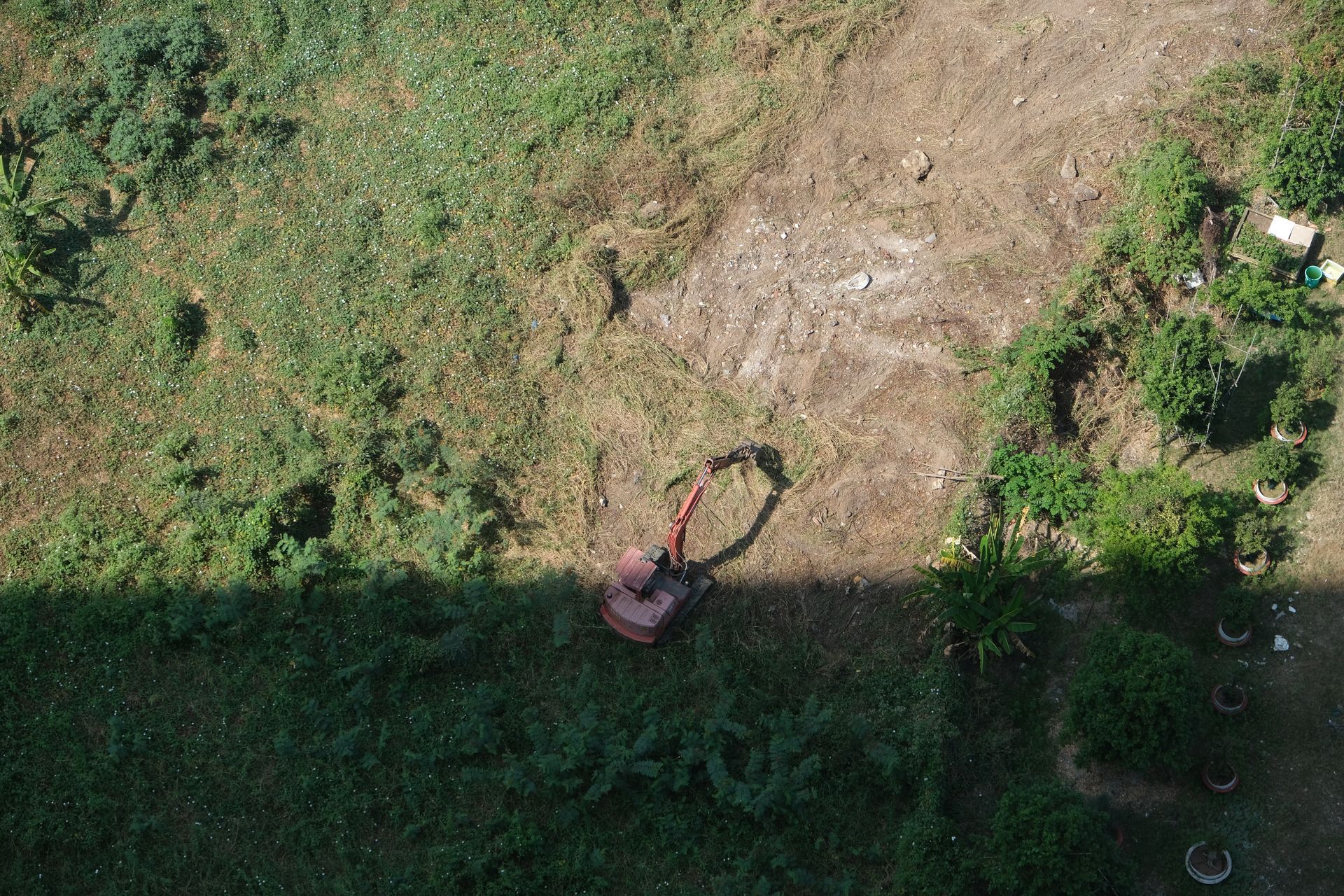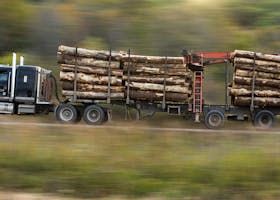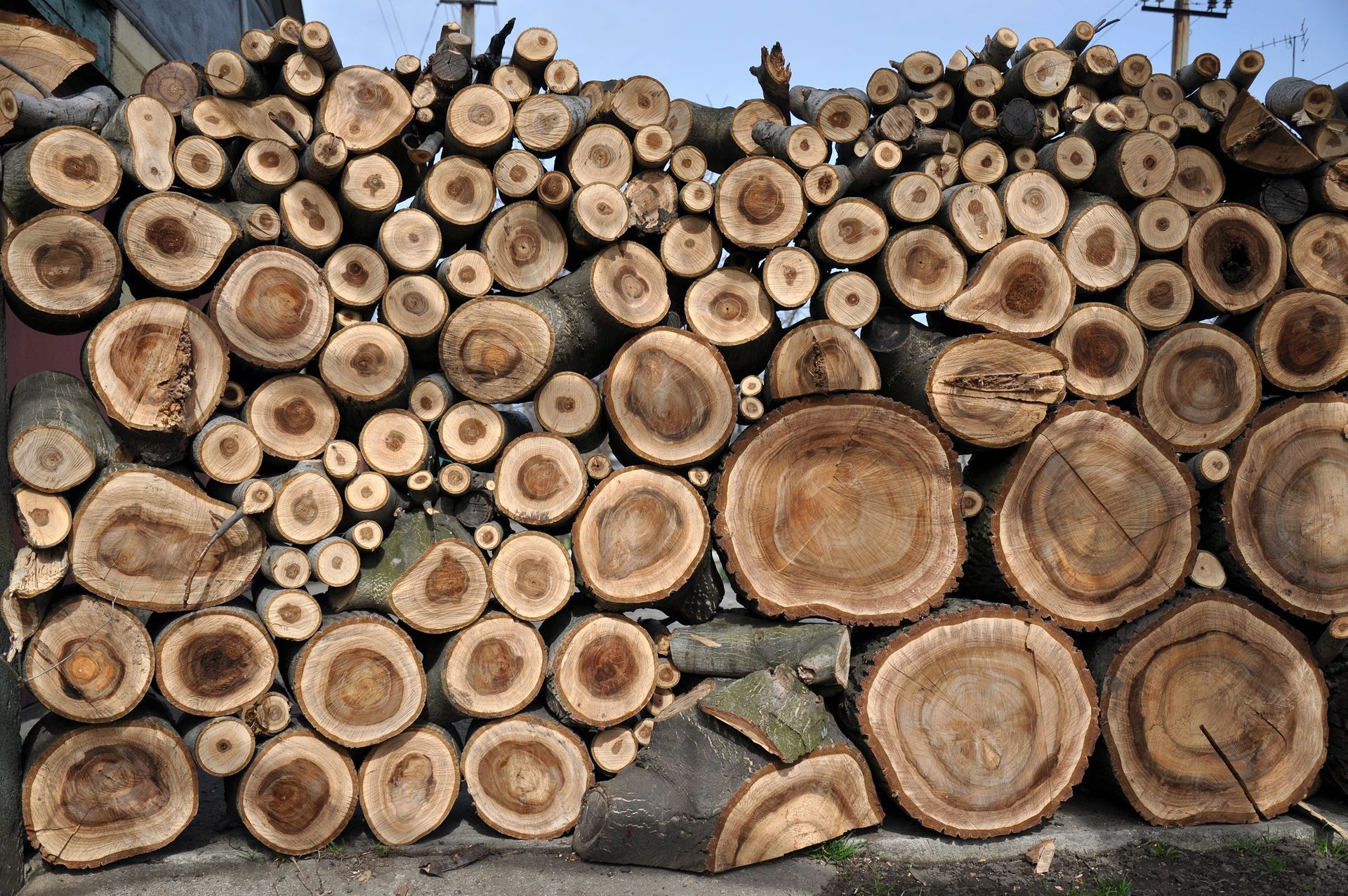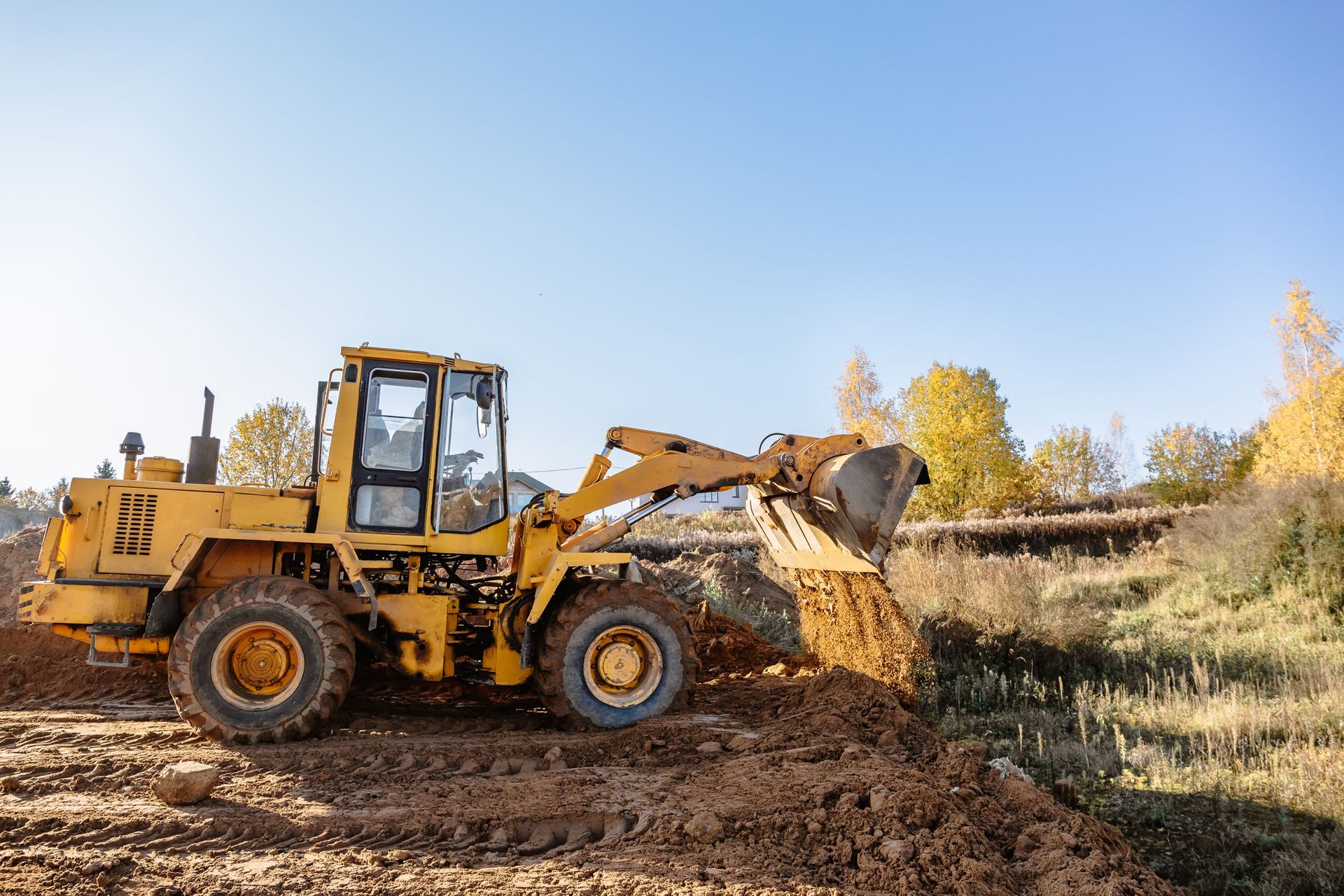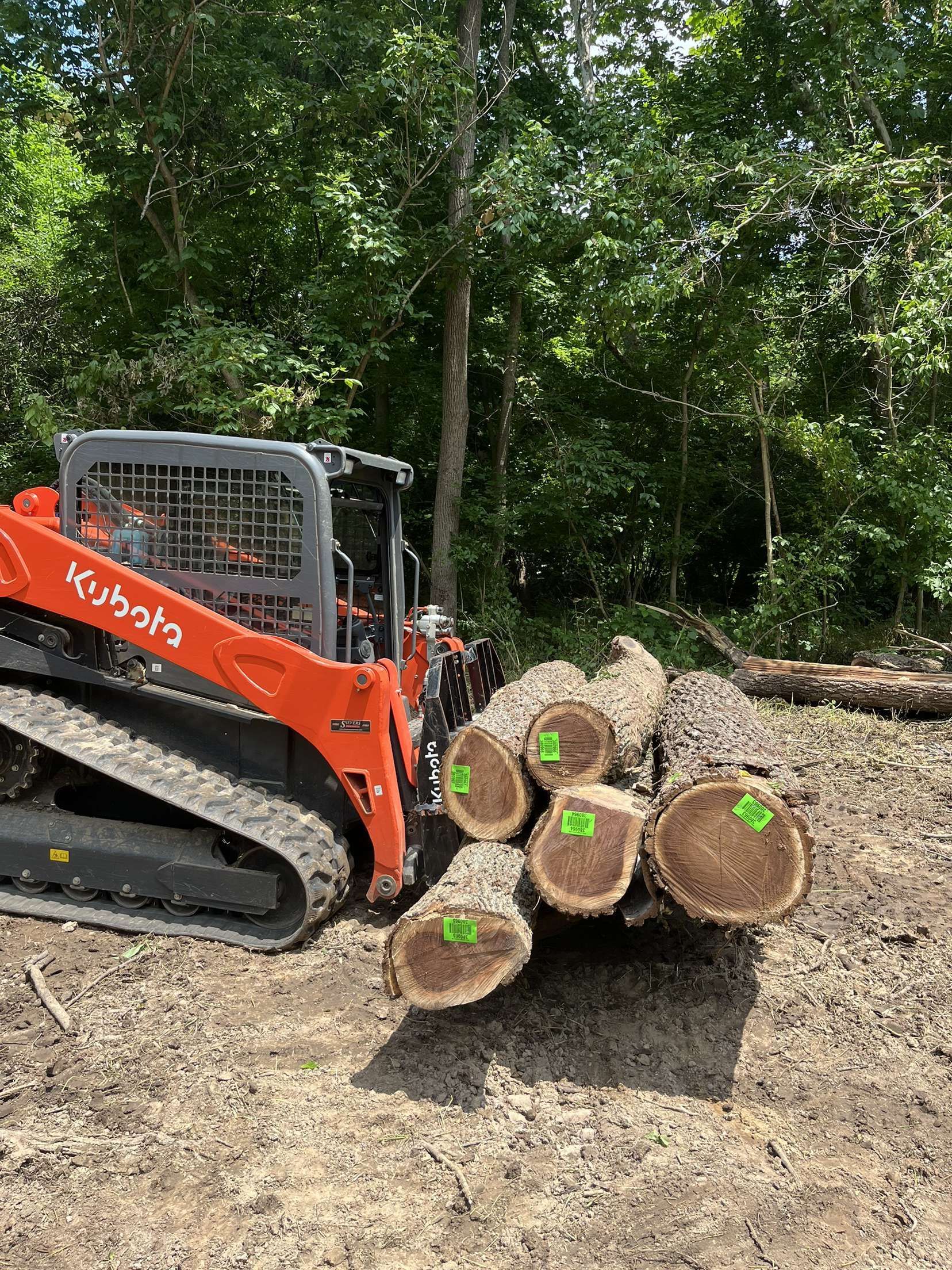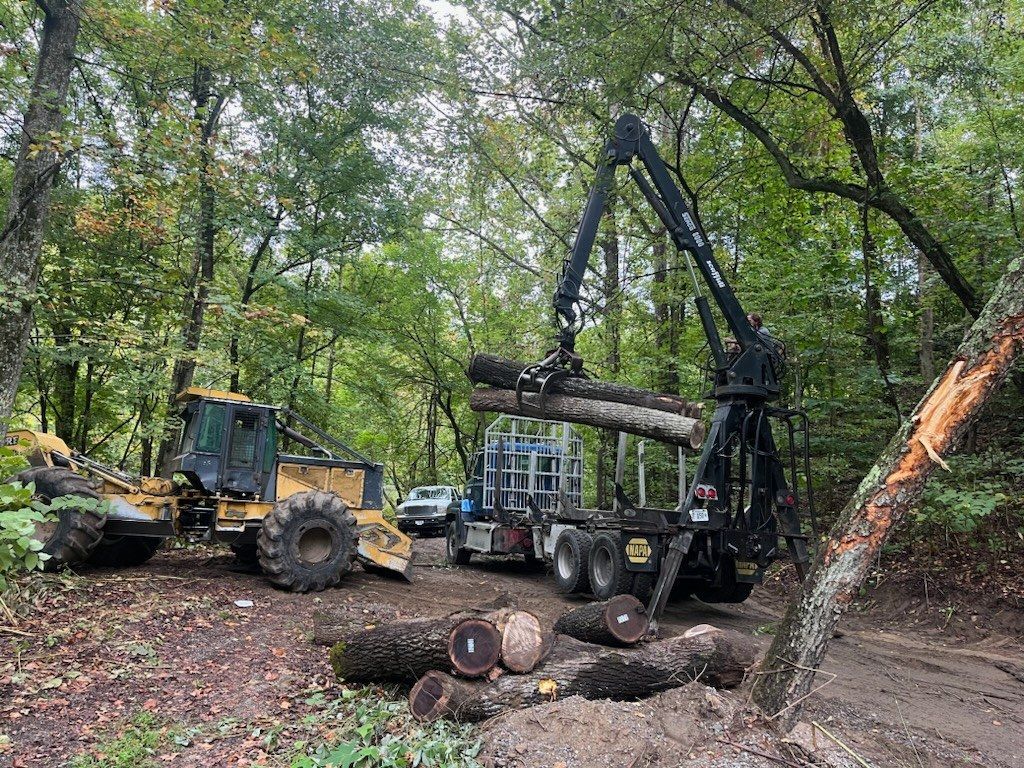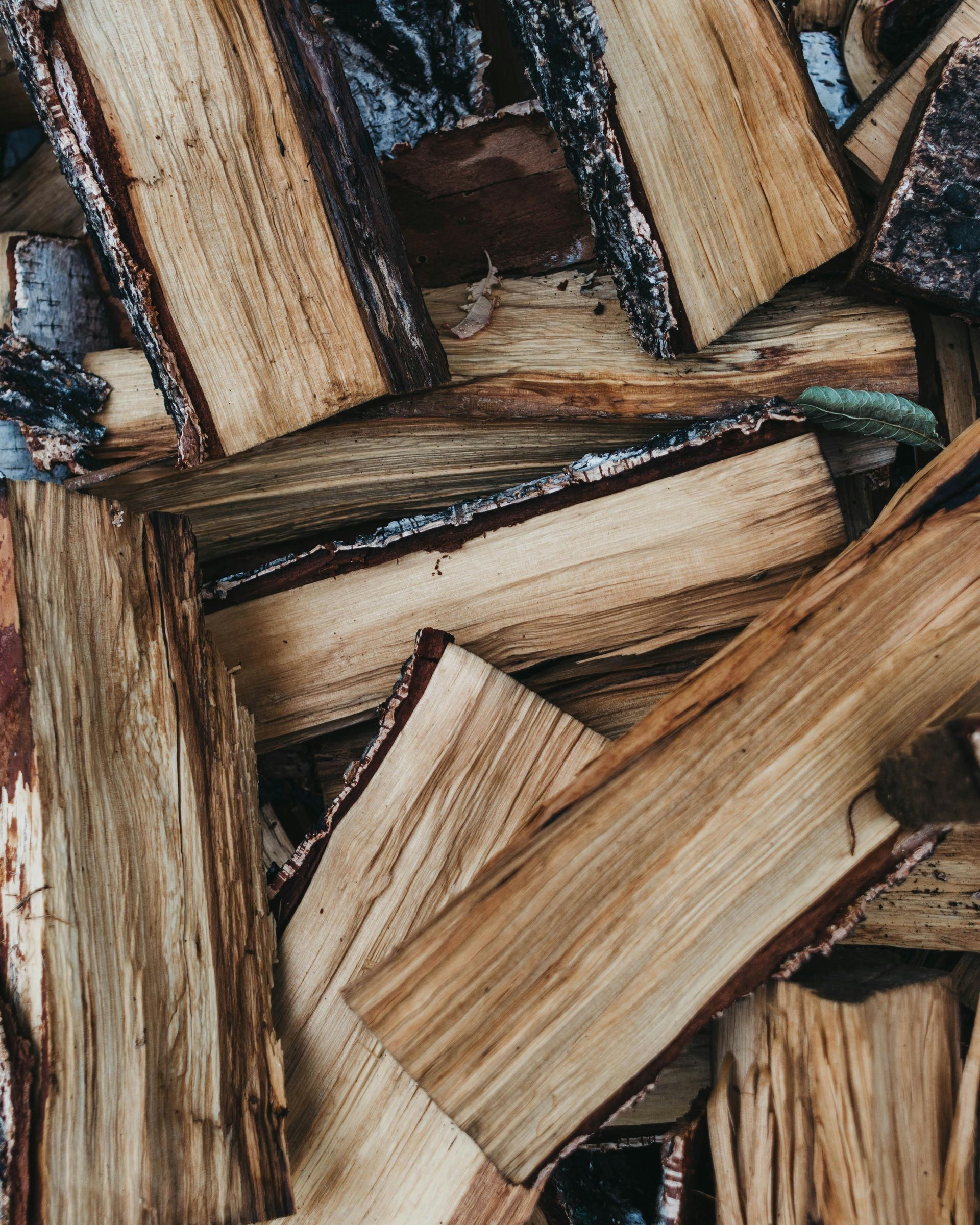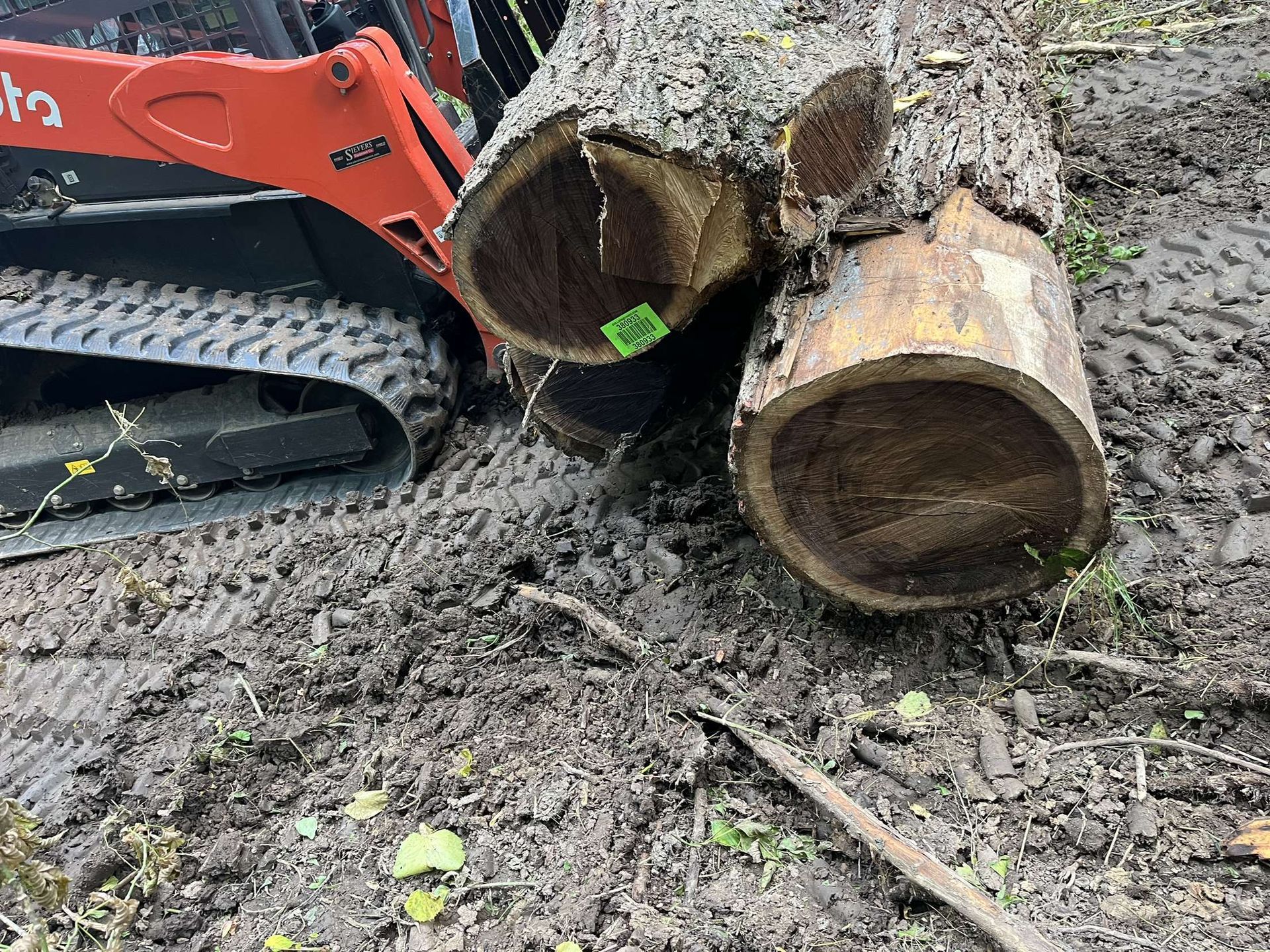Identifying Premium Walnut Trees on Your Illinois Property: A Buyer's Perspective
Tylor+ Wyant • September 5, 2025
As a landowner in Illinois, spotting premium walnut trees on your property could unlock significant value. Black walnut (Juglans nigra) is a native hardwood renowned for its luxurious grain, strength, and high market demand in furniture, flooring, and veneer production. With 2025 timber prices showing resilience—average stumpage rates for black walnut hovering around $1,628 per thousand board feet (MBF)—identifying top-quality trees is crucial for maximizing returns when selling walnut timber in IL. At Grade Timber, we've appraised countless walnut stands across the state, helping owners like you turn ordinary woodlands into profitable assets. This guide, from a buyer's viewpoint, delves into the key identification traits, quality factors, common defects, and regional considerations to position you as an informed seller.
Whether your property is in the fertile bottomlands of southern Illinois or the mixed forests of central counties like Cass or Sangamon, understanding what makes a walnut tree "premium" can guide selective harvesting decisions. We'll provide checklists, tips, and insights to evaluate your trees, emphasizing sustainable practices that preserve your land's health. Let's explore how to identify these valuable gems right in your backyard.
Key Characteristics of Black Walnut Trees in Illinois
Black walnut trees are native to Illinois and thrive statewide, particularly in rich mesic woodlands, moist bottomlands along rivers, and lower slopes of bluffs. They prefer well-drained soils like sandy loam, loam, or silt loam, which support robust growth. Recognizing them starts with basic features:
- Leaves: Compound and alternate, with 15-23 leaflets arranged pinnately (feather-like). Each leaflet is lance-shaped, 2-4 inches long, with finely serrated edges—unlike the smooth margins of lookalikes like Tree of Heaven (Ailanthus altissima). The leaves emit a strong, citrusy aroma when crushed, a handy field test.
- Bark: Mature trees have dark brown to black bark with deep, diamond-shaped furrows and ridges, giving a rough texture. Younger trees show smoother, grayish bark, but the furrowed pattern develops with age.
- Twigs and Buds: Stout twigs with a chambered pith (spongy interior divided into compartments)—slice one open to confirm. Terminal buds are fuzzy and gray, while side buds are smaller. In winter, look for distinctive leaf scars: large, three-lobed, resembling a monkey face.
- Nuts: Round, green husks (1-2 inches diameter) enclosing a hard, ridged shell. They drop in fall, staining everything yellow-green. Unlike butternut (Juglans cinerea), black walnut nuts are rounder and harder.
- Size and Form: Trees reach 70-100 feet tall with a spread of 50-70 feet in open areas, but in forests, they develop straight trunks ideal for timber.
In Illinois, black walnuts flower in April-May, with male catkins and female spikes appearing as leaves unfurl. They're common in central regions but sparse in urban Chicago areas, where identification might involve community forums for confirmation.
Evaluating Premium Quality: What Buyers Look For
From a buyer's perspective at Grade Timber, premium walnut timber commands top prices due to its suitability for high-end uses like veneer or lumber. Quality is graded under National Hardwood Lumber Association (NHLA) rules, which are more lenient for walnut to account for its natural growth habits—allowing more defects and smaller sizes than species like oak.
Key factors for premium grading:
- Diameter and Height: Seek trees with at least 20 inches diameter at breast height (DBH, measured 4.5 feet up). Veneer-quality logs need 16-20 feet of clear bole (trunk without branches). Use a diameter tape for accuracy; larger trees yield more board feet, boosting value up to $3,650/MBF for top grades.
- Straight Grain and Clear Wood: Ideal trees have straight, defect-free trunks with minimal taper. The heartwood should be dark chocolate brown, while excessive white sapwood (considered a defect) reduces grade unless steamed. FAS (Firsts and Seconds) grade requires 83.3% clear cuttings on the best face, prized for straight grain despite walnut's tendency for twists.
- Branching and Form: Low branching creates knots; premium trees have high, self-pruned crowns in dense forests. Check for a single, dominant leader trunk.
- Health Indicators: Vigorous trees show full canopies and no dieback. Janka hardness of 1010 makes walnut durable, but premium status demands freedom from pests.
Checklist for Field Assessment:
- Measure DBH and bole length.
- Inspect bark for cracks or scars.
- Crush leaves for aroma confirmation.
- Examine pith in a twig sample.
- Note nut presence in fall.
Genetically superior varieties mature faster (25-35 years vs. 50+), offering straighter growth for premium timber.
Common Defects to Watch For
Not all walnut trees are premium; defects can slash value by 50% or more. Common issues include:
- Knots and Branches: From low limbs, these create holes or dark spots. Cracked, loose, or clustered knots downgrade to No. 1 Common or lower.
- Insect Damage: Powder post beetles leave worm holes and staining; check for pinholes or frass.
- Rot and Decay: Heart rot from fungi appears as soft spots or hollows. Fire scars or mechanical wounds invite decay.
- Seasoning Defects: Checks (cracks along grain), bows, twists, or splits from improper drying—but assess standing trees for precursors like tension wood.
- Sapwood and Color Variations: Wide sapwood bands are defects; uneven color from mineral streaks can be aesthetic but lowers grade.
Walnut's grading accommodates some defects, but premium buyers like Grade Timber prioritize clear, large logs.
Illinois-Specific Considerations: Where Premium Walnuts Thrive
Illinois' diverse landscapes favor walnut growth. Central and southern regions—think Mississippi and Ohio River valleys—offer ideal fertile soils and moisture. Northern areas like Zone 5 have hardy trees, but growth is slower. Urban spots in Chicago may host walnuts, but pollution affects quality.
Harvest sustainably: Selective cutting removes mature trees while leaving younger ones, complying with Illinois DNR guidelines. Low-impact logging minimizes soil compaction, especially in winter harvests. Grade Timber uses certified methods to enhance forest regeneration.
Benefits of Selective Harvesting Premium Walnuts
Identifying and harvesting premium trees boosts income—veneer logs can fetch $3,000+ per tree—while improving woodland health. It reduces competition, promotes biodiversity, and qualifies for DNR incentives. In 2025, with strong demand, selective sales via licensed buyers ensure fair prices.
Why Choose Grade Timber as Your Walnut Timber Buyer in Illinois
At Grade Timber, our buyer's perspective means we spot premium potential others miss. With free appraisals and sustainable practices, we help Illinois landowners sell walnut timber at peak value. Our experts evaluate quality on-site, handling everything from identification to export.
Final Thoughts: Spot Your Premium Walnuts Today
Armed with this guide, survey your Illinois property for premium black walnut trees. From leaf patterns to defect checks, these insights empower you to assess value accurately. With prices rising in 2025, don't delay.
Contact Grade Timber for a professional assessment. Visit www.gradetimber.com or call to schedule—let's uncover your property's hidden treasures responsibly.

